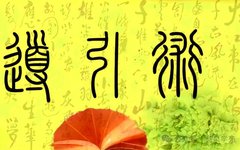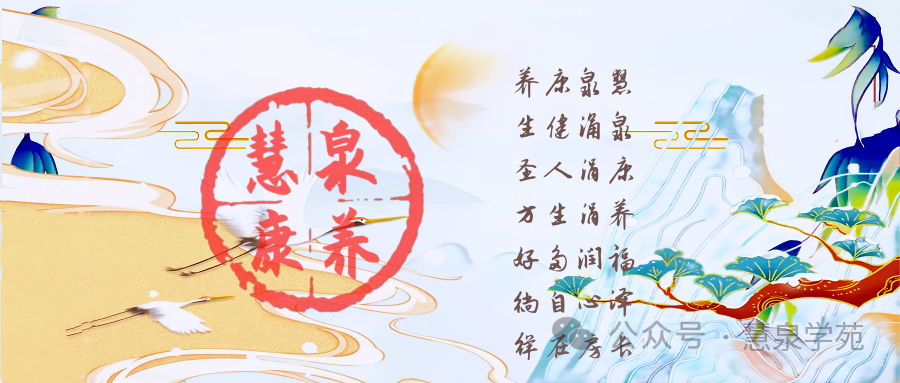 Introduction:In today’s fast-paced society, people are increasingly concerned about their physical and mental health due to rising work pressures. In recent years, a traditional health exercise rooted in TCM meridian theory—Daoyin—has become a popular choice for many. So, what exactly is Daoyin? What benefits does it offer?
Introduction:In today’s fast-paced society, people are increasingly concerned about their physical and mental health due to rising work pressures. In recent years, a traditional health exercise rooted in TCM meridian theory—Daoyin—has become a popular choice for many. So, what exactly is Daoyin? What benefits does it offer?
1. What is Daoyin?
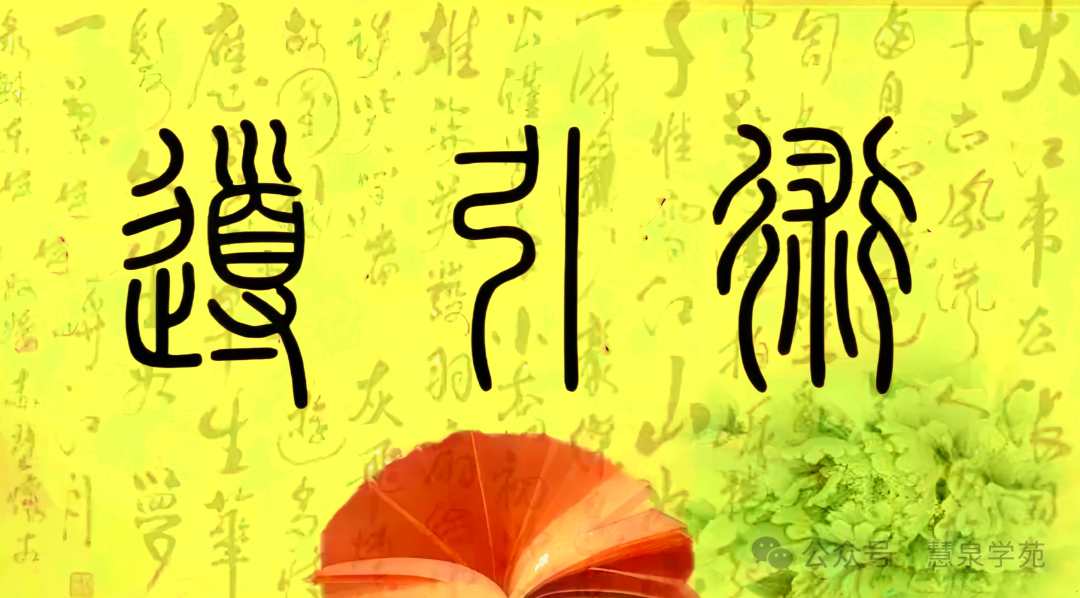
Daoyin is an ancient health practice that guides bodily movements through intention, combined with breathing techniques, circulating energy from top to bottom or vice versa. It is closely related to Daoism and is also referred to as “Dao Yin.” This practice often incorporates techniques such as breath control, mindfulness, swallowing saliva, and self-massage, ultimately achieving the effects of harmonizing body and mind, balancing Qi and blood, preventing and treating diseases, and promoting longevity. It is a natural therapy that cultivates oneself without depleting social resources.
When mentioning Daoyin, many people may be confused, but terms like “Wu Qin Xi” (Five Animal Frolics), “Liu Zi Jue” (Six Sounds), and “Ba Duan Jin” (Eight Pieces of Brocade) are well-known and are all forms of Daoyin. Daoyin is one of the six techniques of TCM.
The six techniques of TCM include Bian (stone therapy), Zhen (acupuncture), Jiu (moxibustion), Yao (herbal medicine), An Qiao (massage), and Daoyin, as summarized in the “Huangdi Neijing” (Yellow Emperor’s Inner Canon).
1. Bian refers to treating diseases using Bian stones, which are among the oldest medical tools in China, initially used for striking painful areas with ordinary stones to relieve pain. Later, specialized stone tools known as Bian stones emerged, widely used for draining pus and bloodletting.
2. Zhen involves using metal needles to stimulate specific points on the body to achieve therapeutic effects such as relieving pain and promoting blood circulation.
3. Jiu uses the heat from moxibustion to provide warmth and stimulation, utilizing acupuncture points to treat diseases. The primary material for moxibustion is Ai Ye (mugwort), although other herbs may also be used.
4. Yao refers to treating diseases with various Chinese herbs, which is the most widely used method in TCM.
5. An Qiao involves using hands for massage and feet for reflexology, primarily to relax muscles and promote blood circulation.
6. Daoyin includes both Qigong and physical therapy forms, focusing on body movement and breath regulation to strengthen the body and prevent diseases.
2. The Origin and Development of TCM Daoyin

Daoyin has ancient origins, mentioned in the earliest medical classic of China, the “Huangdi Neijing,” which states: “The central region is flat and moist, the earth and sky give birth to all things; its people eat mixed foods without labor, hence they suffer from many diseases like atrophy and cold heat. The treatment should involve Daoyin and An Qiao, thus Daoyin and An Qiao also originate from the central region.” These records illustrate the invention and function of Daoyin.
Even in the “Huangdi Neijing,” Daoyin is listed alongside Bian stones, herbal medicine, moxibustion, and acupuncture as a method of medical treatment, indicating the ancient emphasis on this practice. Subsequently, Daoyin’s application in health and medicine gradually developed in China.
After the founding of New China, with government support, this medical technique was rediscovered and flourished (during this period, Daoyin was uniformly renamed “Qigong”). In a time when medical technology was underdeveloped and resources were scarce, this non-resource-consuming treatment technique was widely disseminated, and many medical researchers conducted extensive studies on this ancient technique, affirming its health-promoting and disease-preventing benefits.
3. Common Forms of TCM Daoyin
1. Yi Jin Jing (Muscle-Tendon Change Classic)
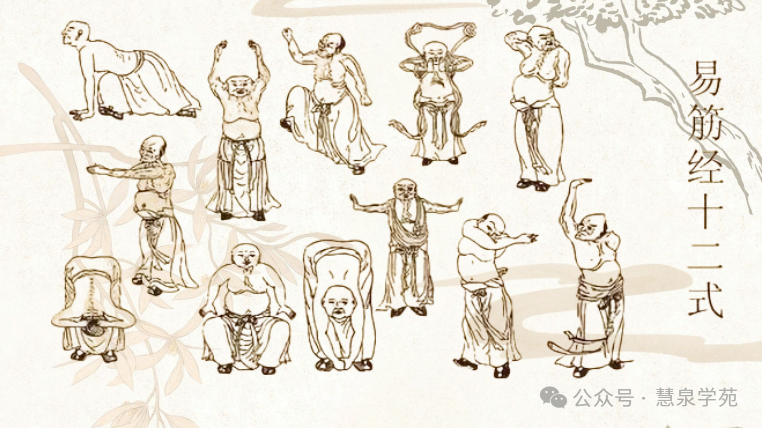
In all TCM Daoyin practices, Yi Jin Jing is the most renowned, traditionally attributed to the Indian monk Bodhidharma. Before the Song and Yuan dynasties, it was only practiced among the Shaolin monks, but it gained popularity from the Ming and Qing dynasties onward, evolving into several schools. “Yi” means change, “Jin” refers to tendons and muscles, and “Jing” means method. Yi Jin Jing is a dynamic form of Daoyin that emphasizes posture, breathing, and intention, practicing according to the flow of the twelve meridians and the Ren and Du meridians, ensuring smooth Qi flow without stagnation.2. Wu Qin Xi (Five Animal Frolics)

Wu Qin Xi has a rich history of nearly two thousand years, developing into various schools while fundamentally preserving the ideas of Hua Tuo’s Five Animal Frolics. It primarily involves body movements, complemented by breath control and intention, mimicking the actions of the tiger, deer, bear, monkey, and bird, making it an effective health-promoting and disease-preventing Daoyin practice. By combining external movement with internal stillness, and balancing hardness and softness, consistent practice of Wu Qin Xi can effectively guide Qi and blood, strengthen the body, and promote longevity.3. Ba Duan Jin (Eight Pieces of Brocade)
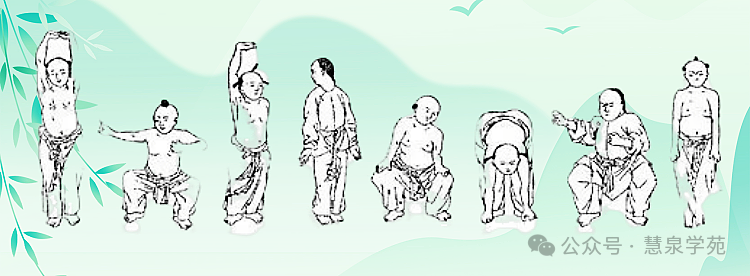
Ba Duan Jin is a Daoyin practice focused on body adjustment, created in the early Southern Song dynasty, emphasizing the coordination of body movements and breathing. This method strengthens muscles and bones, nourishes Qi, promotes blood circulation, and regulates internal organs, with an appropriate amount of exercise that achieves fitness without fatigue. Modern studies suggest that this practice can improve neural regulation, enhance blood circulation, provide gentle massage to abdominal organs, stimulate various systems, correct abnormal bodily responses, and aid in the rehabilitation of many diseases.
4. Neijia Quan (Internal Martial Arts)

Representatives include Tai Chi, Baguazhang, Xingyiquan, and Wudang internal martial arts. These martial arts not only serve combat purposes but are also closely related to health cultivation. For instance, Tai Chi integrates hand, eye, body, method, and step movements with Daoyin and breath control, creating a unified internal martial arts practice. During training, awareness, breath, and movement are closely linked, combining movement and stillness, softness and slowness, guiding Qi with intention, allowing Qi to flow throughout the body, and nourishing internal energy.
4. The Health Benefits of TCM Daoyin
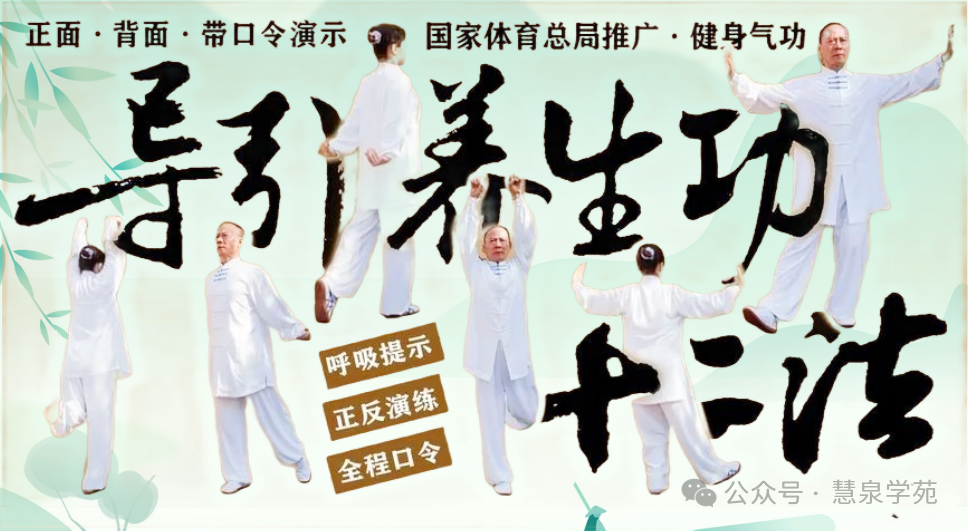
In orthopedic conditions such as shoulder periarthritis, cervical spondylosis, lumbar disc herniation, acute lumbar sprain, piriformis syndrome, and osteoarthritis, implementing suitable TCM Daoyin training after treatment can help to unblock meridians, relax muscles, nourish Qi and blood, dispel cold and alleviate stagnation, thus relieving muscle spasms, improving local or systemic blood circulation, reducing edema or adhesions, enhancing the nutrition of local nerves and muscles, increasing muscle strength, improving balance, restoring coordination between muscles, and promoting recovery and healing. As a proactive self-regulating method, TCM Daoyin is often simple and easy to perform, aligning with natural movements, making it easy for patients to accept and actively participate, which helps reduce the recurrence rate of injuries and consolidate therapeutic effects. Teacher Zheng 13209256588 The essence of TCM Daoyin is “nurturing nature and practicing form,” and it is commonly applied in the prevention and treatment of various physical and mental diseases, as well as chronic and geriatric conditions. For example, in treating insomnia, combining sleep medications, herbal medicine, massage, and acupuncture with Daoyin can yield synergistic effects. Additionally, TCM Daoyin is also used in post-stroke rehabilitation and improving the quality of life for cancer patients.
5. The Theoretical Basis of TCM Daoyin

The essence of TCM Daoyin is “nurturing nature and practicing form,” with basic operations including: adjusting the body, adjusting the breath, and adjusting the mind, collectively referred to as the “Three Adjustments.” The process of practicing TCM Daoyin begins with practicing each of the three adjustments separately, ultimately achieving a state of unity among them.
1. Adjusting the body involves regulating the body’s static or dynamic state to align with the desired state of Daoyin practice.2. Adjusting the breath refers to controlling the movement of breathing, also known as practicing Qi, regulating Qi, and breath control, nurturing and guiding internal energy through breath regulation.3. Adjusting the mind involves regulating the psychological state, also known as refining the spirit or self-cultivation, shifting awareness from external to internal, altering the content and manner of awareness activities, thus entering a state of “emptiness and tranquility” during Daoyin practice.
6. Five Major Benefits of TCM Daoyin
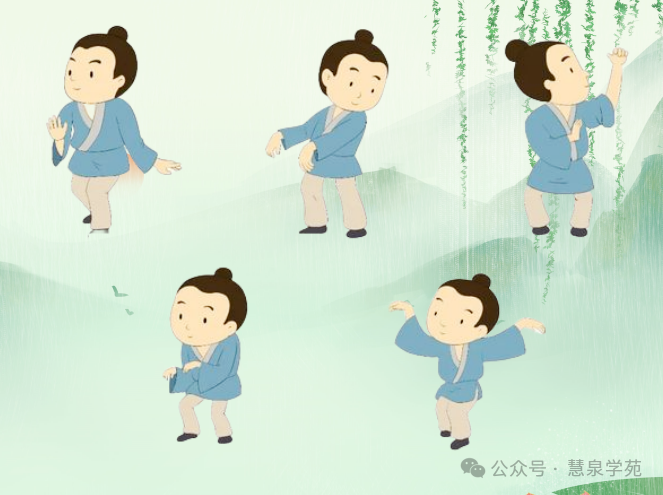
1. Improve Body Flexibility
As a gentle form of exercise, Daoyin allows for comprehensive stretching of the body through slow and rhythmic practice. During Daoyin practice, various postures and movements help stretch and soften the body, improving issues like joint stiffness and muscle tightness.
2. Improve Body Posture
Prolonged sitting at a computer can lead to shoulder and neck pain, as well as poor posture. Daoyin encourages awareness of body posture through various movements, providing better support and adjustment, thus improving standing and sitting postures.
3. Alleviate Stress and Anxiety
As a meditative form of exercise, Daoyin helps relax the body and mind, reducing stress and anxiety. During Daoyin practice, breathing and meditation techniques allow for a state of relaxation, providing ample rest and relaxation for the body and mind.
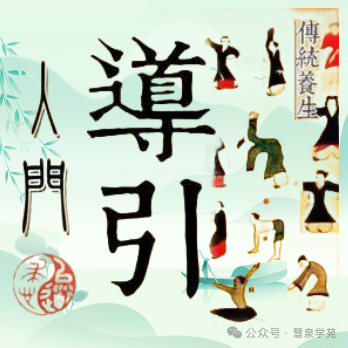
4. Enhance Body Balance
Many postures and movements in Daoyin require balance, so practicing Daoyin not only enhances balance but also improves concentration and reaction abilities.
5. Improve Sleep Quality
Daoyin practice can help relax the body and mind, regulate breathing, and alleviate stress and anxiety, all of which positively impact sleep quality. Through Daoyin, one can achieve deeper sleep, allowing for better rest and recovery.
In summary, Daoyin, as a health exercise guided by TCM meridian theory, not only helps us strengthen our bodies but also aids in adjusting our mindset and improving both physical and mental health. If you are someone with a busy lifestyle and high stress, Daoyin may be the right choice for you.
Copyright Statement: We emphasize sharing; the images and text are sourced from the internet, and the copyright belongs to the original authors. If there is any infringement, please inform us, and we will promptly delete and apologize.
Click the text below to learn more exciting content:
The World's Most Unique Education—Traditional Chinese Medicine
Promoting TCM Culture for the Health of the People—Intangible Cultural Heritage—Bai Cao Tong Jing Huo Luo
Intangible Heritage Bai Cao Tong Luo Compared to Massage, Moxibustion, and Cupping—What Are the Advantages?
Inheriting TCM Adjustment Therapy—Nine Methods for Cervical Spine Correction
